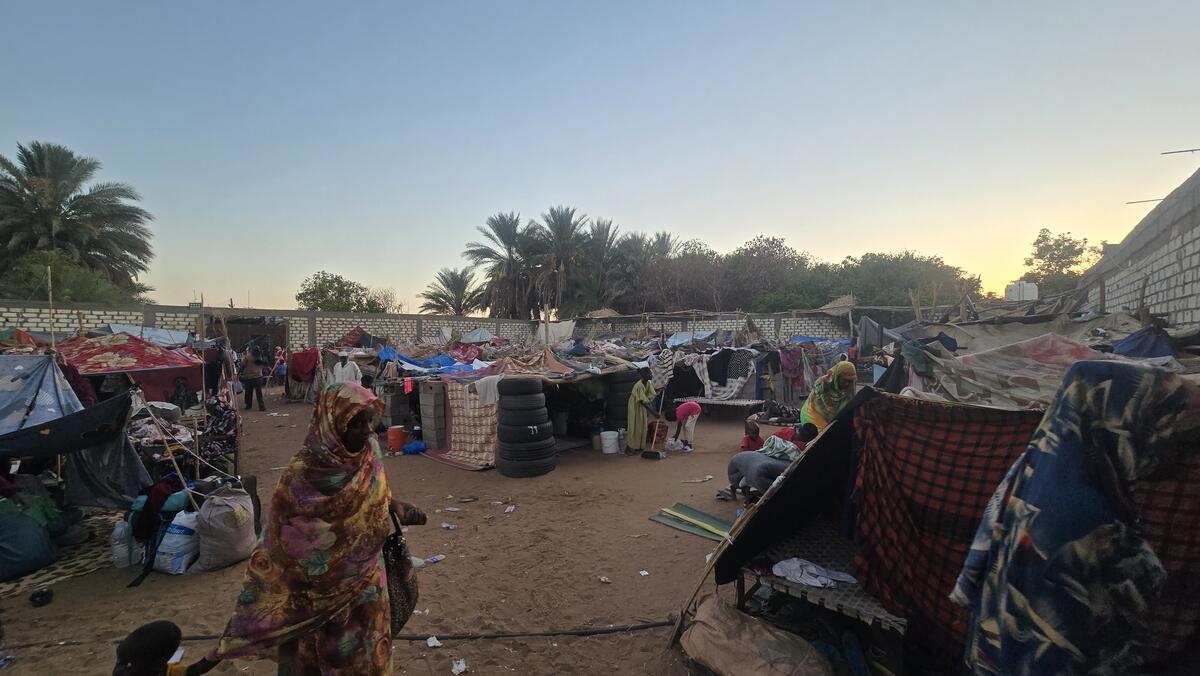Chad: race to move Sudanese from border area before rains
Chad: race to move Sudanese from border area before rains
A total of 31,100 Sudanese refugees from the strife-torn Darfur region have now been relocated to five new UNHCR camps in eastern Chad since the beginning of an emergency transfer operation in mid-January. UNHCR staff on the ground hope to at least double that figure by the end of May.
The five camps and their populations as of yesterday are: Farchana, 7,242 refugees; Kounoungo, 6,838; Touloum, 6,495; Iridimi, 5,637; Goz Amer, 4,897.
We want to try to move as many of the refugees as possible by the start of the rainy season in late May or early June. Once the rainy season starts, those left along the affected 600-km stretch of Chad-Sudan border will face an even more hostile environment and will be largely cut off from assistance.
Because the rainy season generally begins earlier in the south, we're focusing our efforts on that area before the roads become impassable. UNHCR and our local partner, CNAR (Commission pour l'Accueil et la Réinsertion des Réfugiés), recently completed the registration of 20,132 refugees in Mouyaye, Daguessa and Ade.
Registration is also ongoing in Tissi, where an estimated 10,000 refugees (estimated by local authorities) have crossed from Darfur over the past year. Most of them are living with the local Chadian population, usually relatives. Out of these 10,000 people, 1,000 have already expressed a desire to be relocated further inland. The refugees in the south will be moved to Goz Amer and at least one new site yet to be identified. Site specialists are continuing to explore new areas for camps and availability of clean water remains a priority.
Some camps in the north (Iridimi and Touloum) continue to receive groups of up to 50 refugees who show up on foot or on donkeys after a two-day trek from the border. These spontaneous arrivals are expected to continue, which further underscores the need for new sites.









